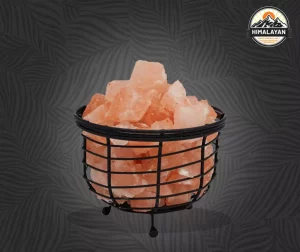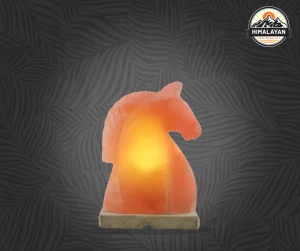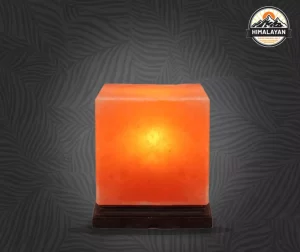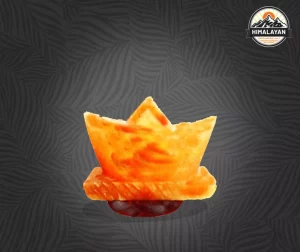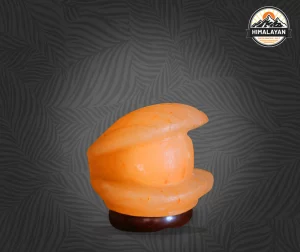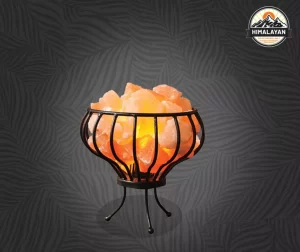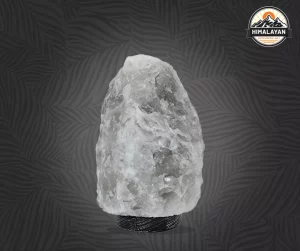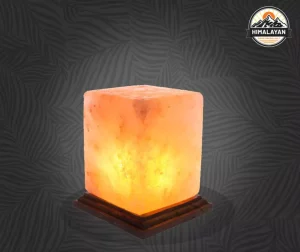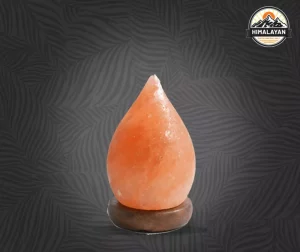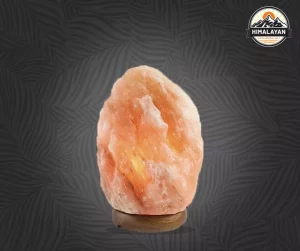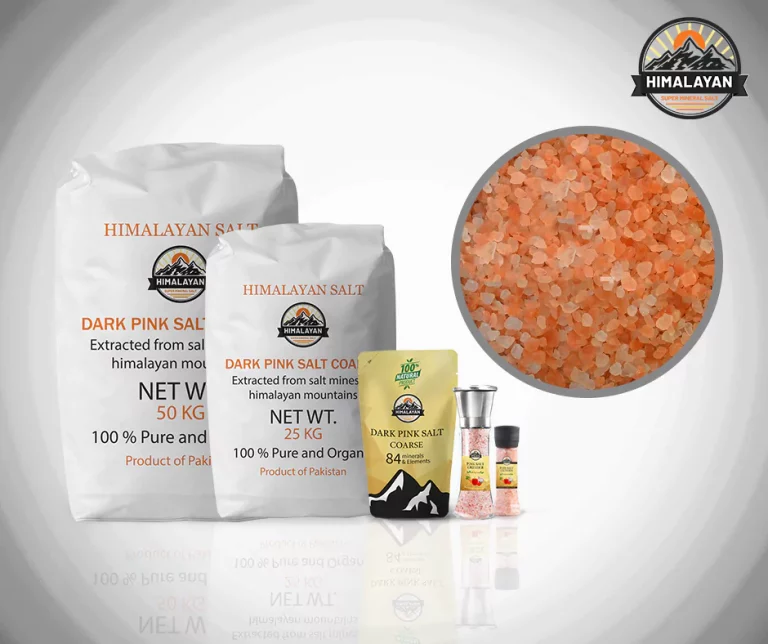1 Tsp Himalayan Pink Salt Nutrition
Himalayan Pink Salt is renowned for its distinctive flavor and beautiful pink hue, but what exactly does it offer in terms of nutrition? In this blog, we will explore the nutritional composition of 1 teaspoon of Himalayan Pink Salt and uncover the essential minerals it contains. Understanding the nutritional profile of this natural salt can help you make informed choices about its inclusion in your diet.
The Nutritional Breakdown:
Let’s take a closer look at the minerals found in 1 teaspoon of Himalayan Pink Salt:
Sodium:
Himalayan Pink Salt is primarily composed of sodium chloride, which provides the familiar salty taste. One teaspoon of Himalayan Pink Salt contains approximately 2325 milligrams (mg) of sodium.
Other Essential Minerals:
Apart from sodium, Himalayan Pink Salt contains few other essential minerals, albeit in smaller quantities. These include potassium, calcium, magnesium, and iron. Let’s explore their presence in 1 teaspoon of Himalayan Pink Salt:
Potassium:
Known for its role in maintaining fluid balance and supporting proper nerve and muscle function, Himalayan Pink Salt provides around 88 mg of potassium in 1 teaspoon.
Calcium:
Essential for building strong bones and teeth, calcium also plays a vital role in muscle contraction and nerve signaling. Approximately 4 mg of calcium can be found in 1 teaspoon of Himalayan Pink Salt.
Magnesium:
Involved in numerous biochemical reactions in the body, magnesium contributes to energy production, muscle function, and maintaining healthy bones. Himalayan Pink Salt offers around 1 mg of magnesium per teaspoon.
Iron:
Despite being present in smaller amounts, iron is still a critical mineral for oxygen transport and energy production. While the iron content in 1 teaspoon of Himalayan Pink Salt is minimal, it can contribute to overall iron intake.
Zinc:
Zinc is an essential mineral that supports immune function, wound healing, and cell division. It also plays a role in maintaining healthy skin and promoting proper growth and development. While the amount of zinc in 1 teaspoon of Himalayan Pink Salt is relatively small, it can still contribute to your overall zinc intake.
Copper:
Copper is an important mineral involved in the production of red blood cells, collagen formation, and the functioning of the immune and nervous systems. It also acts as an antioxidant, helping to protect cells from oxidative stress. Himalayan Pink Salt contains traces of copper, contributing to your overall copper intake.
Manganese:
Manganese is a trace mineral that plays a role in various enzymatic reactions, including those involved in metabolism, bone development, and antioxidant defense. It also supports the production of collagen, a protein important for healthy skin and connective tissues. Himalayan Pink Salt contains small amounts of manganese, contributing to your overall manganese intake.
Selenium:
Selenium is an essential mineral that acts as an antioxidant, helps regulate thyroid function, and supports immune health. It also plays a role in reproductive health and DNA synthesis. While Himalayan Pink Salt contains traces of selenium, its contribution to overall selenium intake is minimal.
Chromium:
Chromium is a trace mineral that is involved in carbohydrate and lipid metabolism. It helps regulate blood sugar levels and may have a positive impact on insulin sensitivity. Himalayan Pink Salt contains small amounts of chromium, contributing to your overall chromium intake.
Nickel:
Nickel is a trace mineral that is present in very small amounts in Himalayan Pink Salt. While it is an essential nutrient for some plants and animals, its role in human nutrition is not fully understood, and excessive intake of nickel can be harmful.
Trace Minerals:
Himalayan Pink Salt is renowned for its rich assortment of trace minerals, which are present in minute quantities. These include Rubidium, Boron, Vanadium and more. Although the specific amounts may vary, these trace minerals can provide subtle nutritional benefits when consumed as part of a balanced diet.
Conclusion:
While 1 teaspoon of Himalayan Pink Salt contains a significant amount of sodium, it also offers a range of essential minerals and trace elements. These minerals, including potassium, calcium, magnesium, and iron, contribute to your overall nutrient intake. Remember to be mindful of your sodium consumption and balance it with other nutrient-rich foods. By incorporating a diverse array of fresh fruits, vegetables, whole grains, and lean proteins into your diet, you can enjoy the unique flavor and subtle nutritional benefits of Himalayan Pink Salt. As always, consult with a healthcare professional or registered dietitian for personalized dietary advice.

